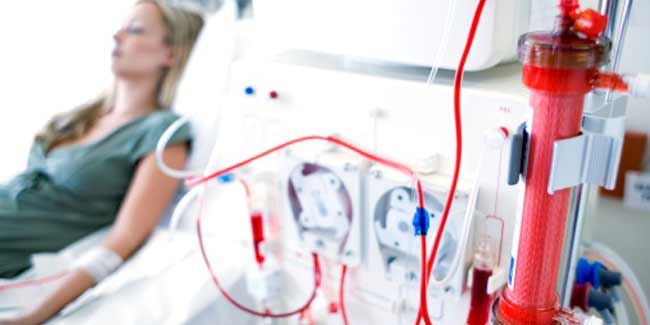
If ACKD is not causing pain or discomfort, no treatment is required. Infections are treated with a course of antibiotics. If large cysts are causing pain, they may be drained using a long needle inserted through the skin.
If tumors are suspected, a person may need regular examinations to monitor the kidneys for cancer. Some doctors recommend all patients be screened for kidney cancer after 3 years of dialysis. In rare cases, surgery is used to stop cysts from bleeding and to remove tumors or suspected tumors.
Table of Content:-

In transplantation, the diseased kidneys are left in place unless they are causing infection or high blood pressure. ACKD usually disappears, even in the diseased kidneys, after a person receives a transplanted kidney.
Complication of ACKD
Patients with ACKD may develop certain complications. Some of them are listed here:

- In some cases, an infected cyst may cause fever and back pain
- When a cyst starts bleeding in the kidney, some blood can be spotted with urine also
- Tumours in kidney. ACKD patients are more likely to have cancerous kidney tumours. However, the likelihood of this cancer spreading to other body parts is lower in ACKD patients than the patients of other kidney cancers which are not associated with acquired cystic kidney disease
Image source: Getty Images
Read more articles on Acquired Cystic Kidney Disease.
How we keep this article up to date:
We work with experts and keep a close eye on the latest in health and wellness. Whenever there is a new research or helpful information, we update our articles with accurate and useful advice.
Current Version
